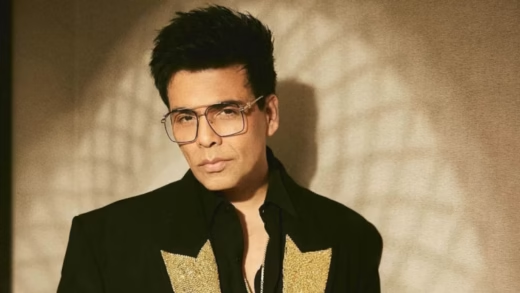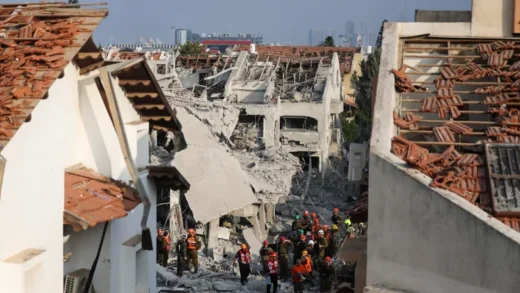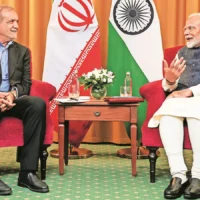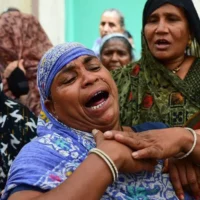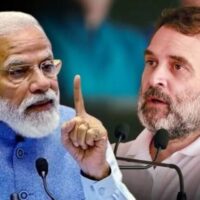Ukraine and Russia held their second direct peace talks in two weeks, agreeing to a swap of 6,000 dead and seriously wounded troops but failing to make progress toward ending the ongoing Ukraine-Russia war. Russia presented a memorandum demanding Ukraine withdraw from the four annexed regions and halt military mobilization and Western arms support. Ukraine’s delegation, led by Defense Minister Rustem Umerov, said they would respond after reviewing the document, proposing further talks later in June.
The talks came a day after Ukraine launched its most ambitious drone attack of the war, targeting multiple Russian air bases across three time zones, damaging or destroying over 40 warplanes. Ukrainian President Volodymyr Zelenskyy hailed the operation as a strategic blow to Russia’s air power, calling it a turning point. Meanwhile, Russia responded with its largest drone assault to date, launching 472 drones in a massive strike against Ukraine’s civilian areas.
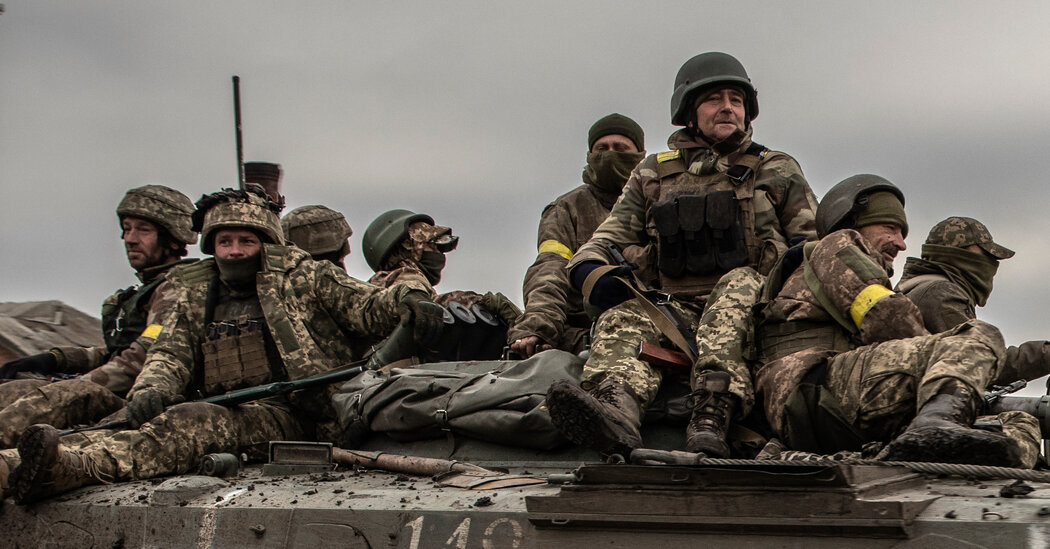
Russia’s demands for a ceasefire include Ukraine abandoning NATO ambitions, declaring neutrality, ending martial law, and recognizing Russian as an official language. The proposals also require Ukraine to ban foreign troops on its soil and limit its military size—conditions previously rejected by Kyiv and Western allies. A temporary 2–3 day truce to recover battlefield bodies was offered, but Zelenskyy criticized it as insincere.
While the battlefield remains active with deadly strikes on both sides, including in Kherson and Zaporizhzhia, peace prospects remain slim. US-led efforts to broker a ceasefire have stalled, with both sides standing firm on their conditions. Analysts view Ukraine’s long-range drone attacks as a major setback for Russia’s strategic capabilities, potentially increasing pressure on the Kremlin to return to meaningful negotiations.
